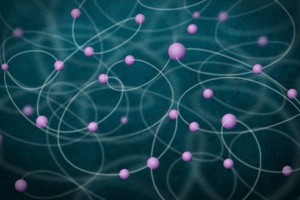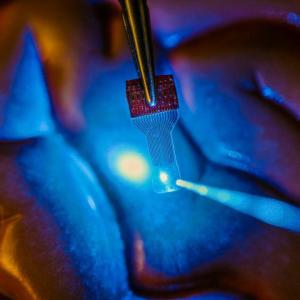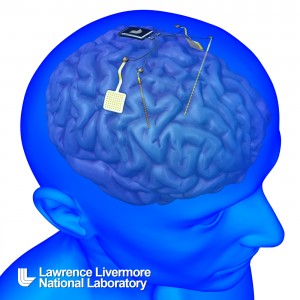Less than 1% of total US federal funding for synthetic biology is dedicated to risk research according to a Sept. 16, 2015 Woodrow Wilson International Center for Scholars news release on EurekAlert,
A new analysis by the Synthetic Biology Project at the Wilson Center finds the Defense Department and its Defense Advanced Research Projects Agency (DARPA) fund much of the U.S. government’s research in synthetic biology, with less than 1 percent of total federal funding going to risk research.
The report, U.S. Trends in Synthetic Biology Research, finds that between 2008 and 2014, the United States invested approximately $820 million dollars in synthetic biology research. In that time period, the Defense Department became a key funder of synthetic biology research. DARPA’s investments, for example, increased from near zero in 2010 to more than $100 million in 2014 – more than three times the amount spent by the National Science Foundation (NSF).
The Wilson Center news release can also be found here on the Center’s report publication page where it goes on to provide more detail and where you can download the report,
The report, U.S. Trends in Synthetic Biology Research, finds that between 2008 and 2014, the United States invested approximately $820 million dollars in synthetic biology research. In that time period, the Defense Department became a key funder of synthetic biology research. DARPA’s investments, for example, increased from near zero in 2010 to more than $100 million in 2014 – more than three times the amount spent by the National Science Foundation (NSF).
“The increase in DARPA research spending comes as NSF is winding down its initial investment in the Synthetic Biology Engineering Research Center, or SynBERC,” says Dr. Todd Kuiken, senior program associate with the project. “After the SynBERC funding ends next year, it is unclear if there will be a dedicated synthetic biology research program outside of the Pentagon. There is also little investment addressing potential risks and ethical issues, which can affect public acceptance and market growth as the field advances.”
The new study found that less than one percent of the total U.S. funding is focused on synthetic biology risk research and approximately one percent addresses ethical, legal, and social issues.
Internationally, research funding is increasing. Last year, research investments by the European Commission and research agencies in the United Kingdom exceeded non-defense spending in the United States, the report finds.
The research spending comes at a time of growing interest in synthetic biology, particularly surrounding the potential presented by new gene-editing techniques. Recent research by the industry group SynBioBeta indicated that, so far in 2015, synthetic biology companies raised half a billion dollars – more than the total investments in 2013 and 2014 combined.
In a separate Woodrow Wilson International Center for Scholars Sept. 16, 2015 announcement about the report, an upcoming event notice was included,
Save the date: On Oct. 7, 2015, the Synthetic Biology Project will be releasing a new report on synthetic biology and federal regulations. More details will be forthcoming, but the report release will include a noon event [EST] at the Wilson Center in Washington, DC.
I haven’t been able to find any more information about this proposed report launch but you may want to check the Synthetic Biology Project website for details as they become available. ETA Oct. 1, 2015: The new report titled: Leveraging Synthetic Biology’s Promise and Managing Potential Risk: Are We Getting It Right? will be launched on Oct. 15, 2015 according to an Oct. 1, 2015 notice,
As more applications based on synthetic biology come to market, are the existing federal regulations adequate to address the risks posed by this emerging technology?
Please join us for the release of our new report, Leveraging Synthetic Biology’s Promise and Managing Potential Risk: Are We Getting It Right? Panelists will discuss how synthetic biology applications would be regulated by the U.S. Coordinated Framework for Regulation of Biotechnology, how this would affect the market pathway of these applications and whether the existing framework will protect human health and the environment.
A light lunch will be served.
Speakers
Lynn Bergeson, report author; Managing Partner, Bergeson & Campbell
David Rejeski, Director, Science and Technology Innovation Program
Thursday,October 15th, 2015
12:00pm – 2:00pm6th Floor Board Room
Wilson Center
Ronald Reagan Building and
International Trade Center
One Woodrow Wilson Plaza
1300 Pennsylvania, Ave., NW
Washington, D.C. 20004Phone: 202.691.4000


